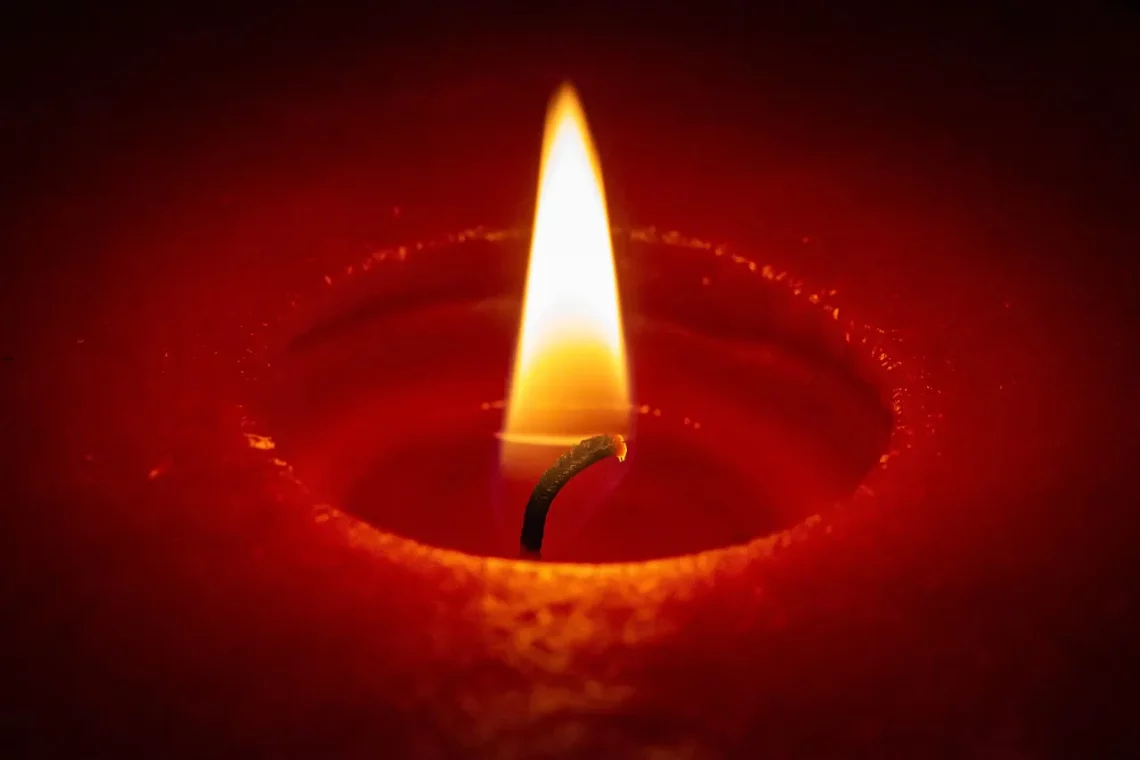
The Art of La Cera: Unveiling the Beauty of Wax Creations
The world of art is vast and diverse, filled with numerous mediums that evoke emotion and tell stories. Among these mediums, wax art, particularly known as La Cera, stands out for its unique characteristics and stunning visual appeal. This ancient craft, which involves creating intricate designs and sculptures from wax, has captivated artists and art enthusiasts alike for centuries. The rich history of wax creations can be traced back to various cultures, where it was used not only for artistic expression but also for practical purposes.
La Cera showcases the versatility of wax, allowing artists to manipulate the material in ways that can produce both delicate and bold works. The tactile nature of wax invites exploration, offering a sensory experience that is both engaging and rewarding. As artists delve into the world of La Cera, they discover the myriad possibilities that this medium holds, from vibrant colors to intricate textures.
In an era where sustainability and eco-friendliness are increasingly valued, wax art has regained its prominence, as it often utilizes natural materials. As we explore the beauty and intricacies of La Cera, we will uncover the techniques, cultural significance, and the future of this captivating art form.
The Historical Significance of Wax Art
Wax art has a rich history that dates back to ancient civilizations. The earliest known instances of wax sculptures can be traced to the Egyptians, who used beeswax as a medium for both artistic and religious purposes. They created offerings and figurines that were placed in tombs to accompany the deceased in the afterlife. This practice not only showcased the artistry of the time but also highlighted the spiritual beliefs that influenced their culture.
As wax art spread across different regions, it began to evolve. In ancient Greece, artisans used wax to create life-like portraits and figures, further advancing the craft. The Romans also embraced this medium, utilizing wax for both art and practical applications, such as wax tablets for writing. The ability to easily mold and manipulate wax made it a favored choice among artists throughout history.
During the Renaissance, wax emerged as a popular medium for creating anatomical models, which were used for educational purposes. Artists such as Leonardo da Vinci and Andreas Vesalius created detailed wax models to illustrate human anatomy, which were invaluable for the study of medicine at the time. This fusion of art and science underscored the versatility of wax as a medium, expanding its role beyond mere decoration.
In more recent times, the revival of interest in traditional crafts and sustainable materials has brought wax art back into the spotlight. Contemporary artists are rediscovering the techniques of their predecessors, infusing modern sensibilities into their creations. This resurgence speaks to the timeless appeal of wax art, which continues to inspire new generations of artists.
Techniques and Tools in Wax Artistry
Creating stunning wax art requires a blend of skill, creativity, and the right tools. Artists often begin their journey by familiarizing themselves with various techniques that can enhance their work. One of the most fundamental methods is sculpting, where artists manipulate wax to form shapes and figures. This process can involve carving, molding, or layering wax to achieve the desired effect.
One popular technique is encaustic painting, which involves mixing heated beeswax with colored pigments. This method allows for vibrant colors and unique textures, as the wax can be applied in layers, creating depth and dimension. Artists can also use tools such as brushes, palette knives, and heat guns to manipulate the wax further, enabling them to create intricate designs and patterns.
Another technique gaining popularity is the use of silicone molds. Artists can pour melted wax into molds to create consistent shapes and forms. This method is particularly useful for producing multiple pieces or intricate details that may be challenging to achieve by hand. Once the wax cools and solidifies, artists can refine the pieces with additional sculpting or painting techniques.
In addition to traditional methods, modern technology is also making its mark on wax art. 3D printing technology allows artists to create complex designs that can be replicated with precision. This intersection of traditional craftsmanship and modern innovation is opening new avenues for creativity in the world of La Cera.
The choice of wax is equally important, as different types offer varying qualities and characteristics. Beeswax, for instance, is favored for its natural properties and pleasant scent, while paraffin wax is more commonly used for its affordability and versatility. The selection of wax can significantly impact the final outcome of the artwork, making it essential for artists to experiment and find the right fit for their vision.
Symbolism and Cultural Relevance
Wax art is more than just a visual delight; it carries significant cultural and symbolic meanings across various societies. In many cultures, wax has been associated with spirituality and the afterlife. As mentioned earlier, the Egyptians used wax figures as offerings for the deceased, believing they would serve as companions in the afterlife. This connection between wax art and the spiritual realm has persisted through the ages.
In contemporary contexts, artists often use wax to convey messages about identity, memory, and the passage of time. The malleability of wax allows for the creation of transient forms that can represent the fleeting nature of life. Artists can incorporate personal narratives into their work, using wax to explore themes of loss, love, and resilience.
Moreover, the resurgence of interest in wax art reflects a broader cultural shift towards sustainability and natural materials. In a world increasingly concerned with climate change and environmental degradation, artists who work with wax often emphasize the importance of using eco-friendly practices. By choosing natural waxes and sustainable techniques, they contribute to a growing movement that values ethical artistry.
Wax art also serves as a medium for social commentary. Artists may use their work to address pressing societal issues, such as consumerism, identity politics, and environmental justice. Through their creations, they invite viewers to engage with these themes and reflect on their impact on the world around them.
Ultimately, the cultural relevance of wax art lies in its ability to adapt and evolve, mirroring the changes in society. As artists continue to explore the depths of La Cera, they contribute to a rich tapestry of human expression that transcends time and boundaries.
The Future of Wax Art
As we look to the future, the prospects for wax art appear bright. The increasing interest in traditional crafts, coupled with advancements in technology, is paving the way for new creative possibilities. Artists are continually pushing the boundaries of what can be achieved with wax, experimenting with techniques, forms, and themes.
Education plays a crucial role in the future of wax art. Workshops, classes, and online resources are becoming more available, enabling aspiring artists to learn the craft and develop their skills. This accessibility fosters a new generation of wax artists who are eager to explore the medium and share their visions with the world.
The rise of social media has also contributed to the resurgence of wax art. Platforms like Instagram and Pinterest provide artists with a space to showcase their work, connect with other creatives, and reach a global audience. This visibility not only helps to promote individual artists but also elevates the medium itself, encouraging more people to appreciate and engage with wax art.
Collaborations between traditional artisans and contemporary artists are becoming increasingly common, resulting in innovative works that blend different styles and perspectives. These partnerships can lead to the creation of unique pieces that challenge conventional notions of art and craftsmanship, further enriching the wax art landscape.
In conclusion, the future of La Cera is filled with potential. As artists continue to explore the beauty and versatility of wax, they are sure to inspire future generations and keep the legacy of wax art alive. The journey of discovery and creation in the world of La Cera is one that promises endless possibilities, making it an exciting field to watch as it continues to evolve.




